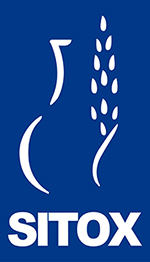The determinants for oxygen delivery: is increased fraction of inspired oxygen always crucial?

Submitted: 2 May 2013
Accepted: 1 July 2013
Published: 12 May 2014
Accepted: 1 July 2013
Abstract Views: 970
PDF: 622
Publisher's note
All claims expressed in this article are solely those of the authors and do not necessarily represent those of their affiliated organizations, or those of the publisher, the editors and the reviewers. Any product that may be evaluated in this article or claim that may be made by its manufacturer is not guaranteed or endorsed by the publisher.
All claims expressed in this article are solely those of the authors and do not necessarily represent those of their affiliated organizations, or those of the publisher, the editors and the reviewers. Any product that may be evaluated in this article or claim that may be made by its manufacturer is not guaranteed or endorsed by the publisher.

 https://doi.org/10.4081/ecj.2014.1636
https://doi.org/10.4081/ecj.2014.1636








